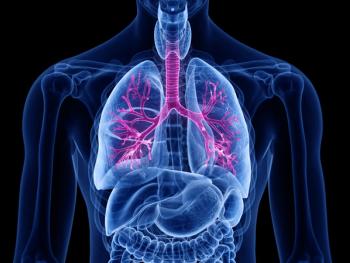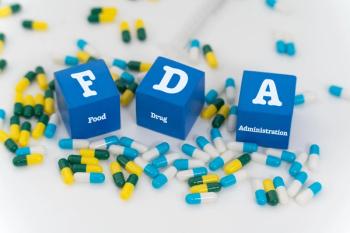
Q&A: Discussing Cebranopadol’s Potential in Pain Management
Albert Dahan, MD, PhD, discusses recent data on Tris Pharma’s first-in-class dual-NMR agonist and how it will fit into the broader landscape of pain management therapies.
Cebranopadol, a first-in-class dual-NMR agonist that was developed by Tris Pharma, has shown positive results in recent clinical studies and could be a “potentially transformational new pain therapy.” Data presented at PAINWeek 2024 demonstrated that the therapy produces potent and prolonged analgesia with 25% less respiratory depression than oxycodone.
In a recent interview with Drug Topics, Albert Dahan, MD, PhD, professor of anesthesiology at Leiden University Medical Center, discussed how cebranopadol is different from traditional opioids, how it will fit into the broader landscape of pain management therapies, current gaps that exist in pain management and how the therapy might help address them, and what the next steps are for cebranopadol.
Drug Topics: Can you discuss what cebranopadol is and how it’s different from traditional opioids?
Albert Dahan, MD, PhD: It's a first-in-class [nociceptin/orphanin] receptor agonist, meaning that, apart from how classical opioids work, this drug has a [nociceptin] receptor agonism, meaning that it acts as a specific receptor that not only produces pain relief, it's an analgesic receptor, but also stimulates breathing. So, in contrast, to in fact all of the opioids that I know, this drug is an analgesic, an effective analgesic, but additionally acts at this [nociceptin] receptor, and it stimulates breathing. I've now shown in 2 studies that it really has important stimulatory respiratory effects, which has important implications, in the sense that, in contrast to drugs that do not have this effect, but are considered opioids, the likelihood of a serious respiratory event is much smaller.
Drug Topics: There was recently some data presented from a study on cebranopadol at PAINWeek, can you discuss the findings?
Dahan: Tris pharma, they presented those data. These are data that were collected in my lab in the Netherlands, and it was quite an interesting study, in the sense that it compared 2 drugs, on one hand, a classical painkiller that is prescribed quite often still today, particularly in Europe, oxycodone, and it's associated with respiratory events, but also with cardiac events, because restored depression leads to hypoxia and cardiac events. So that's an important one, and we compared it to cebranopadol. We used 3 doses in both groups. We performed an experimental respiratory study. These were healthy volunteers that were exposed to several doses. It was a dose escalating study, fully blinded with a placebo arm, and we measured respiration. We measured breathing, and we measured the effect of these drugs on the breathing response, meaning that oxycodone, for instance, is a known drug that reduces breathing significantly. You see with oxycodone that breathing goes down and then slowly, when the concentration is reduced, it goes up again. So, breathing goes down and breathing goes up.
What we showed with cebranopadol was that although breathing also went down, it went down much less than with oxycodone, so the effect was smaller but also slower to develop. That's an important one, because rapid changes in our human body are always deleterious, in the sense that we need to adapt to changes in stimuli, and when we're unable to do that, we see drastic changes, greater respiratory pressure. There are greater effects when these changes in our homeostasis and in our body are rapid. Cebranopadol is much slower to develop, so the body has time to adapt to the changes. And that I find quite interesting. So, not only does it produce less respiratory pressure, but it allows the system to adapt to the changes. So, the likelihood of a serious event is seriously reduced.
READ MORE:
Are you ready to elevate your pharmacy practice? Sign up today for our
Newsletter
Pharmacy practice is always changing. Stay ahead of the curve with the Drug Topics newsletter and get the latest drug information, industry trends, and patient care tips.











































































































































































































